A tricky part of the day was traveling to the start of the walk. I could have in theory gone to Burseryd and walked roughly 4.5km from there to Hålgryte but in practice there was no way to get there on time for the morning bus from Smålandsstenar. Neither was it an option to get on time for the bus to Arnåsholm in the morning. The bus from Smålandsstenar to Burseryd goes there only a few times per day, none of which were convenient and the bus to Arnåsholm goes there twice a day. So what I did was a bit risky. I took the train to Halmstad and then another train to Smålandsstenar (a trip which ended up being quite expensive). I then walked a bit outside Smålandsstenar, specifically I went to the intersection with the road which leads to road 153. There I tried hitchhiking. I waited for about 45 minutes before I managed to hitchhike. A friendly hunter drove me not only to Burseryd but even further to Hålgryte where Gislavedsleden goes. Basically he happened to know the terrain well and I showed him exactly where I wanted to go and he drove me there. Either way, once I finished the walk I had to wait for 1h30mins for the bus in Arnåsholm. I took that bus to Gislaved and from there I took the bus to Hestra. Finally in Hestra I took the train home.
Either way, this walk was a typical Gislavedsleden walk in the sense that most of it went on gravel roads or tractor roads. The walk went both through small scale farmland and through forests. It actually started off in Fegen's nature reserve and thus near Fegen. There were also other interesting lakes on the way. Two of my favorite parts of the walk was going through the village/town Hällabäck and also near Sävsjön approaching Arnåsholm. Other than that it was a relatively cold day even when the sun showed up. There's more to say but I will let the photos show the rest of the story. Enjoy!
1.
Stora Hålgryte
2.
Moufflon sheep inside a fenced region. Sharpened the photo slightly using unsharp mask.
3.
Cropped the photo slightly.
4.
Fegen. Brightened the non-sky parts slightly.
5.
Fegen
6.
7.
Mellansjön. Rotated the photo slightly and cropped it. Also sharpened the photo slightly using unsharp mask.
8.
9.
Björkåsen. Used the hue restorer plug-in to get rid of the cyan-ish sky color.
10.
Förshult. Used the hue restorer plug-in to remove the cyan-ish sky parts.
11.
Föresjön. Rotated and cropped the photo. Also sharpened the photo slightly unsharp mask.
12.
Västra centralbanan
Västra centralbanan used to go between Landeryd and Falköping and is nowadays mostly abandoned. The railway was opened in 1906.
Used the hue restorer plug-in to get rid of the cyan-ish sky colors.
Västra centralbanan used to go between Landeryd and Falköping and is nowadays mostly abandoned. The railway was opened in 1906.
Used the hue restorer plug-in to get rid of the cyan-ish sky colors.
13.
The fall in Hällabäck
This is Storasjön's outflow through Västerån and the dam makes it possible to regulate the water height in Storasjön to some degree.
The mill at Hällabäck is mentioned in documents from 1451. Already in 1851 there was a sawmill by the fall.
When the steam saw was built in 1906 the fall height was used to power a water wheel which in turn was used to power a hauling plant for pulpwood. The pulpwood which was floated here was in this way lifted on a cutting plane and loaded on railroad cars.
This was a large and well-equipped sawmill for its time. The primary catchment area consisted of the large forests around the lake system from Hällabäck to Våthult and includes Storsjön, Sävsjön, Majsjön and a couple of smaller lakes. Hällabäck's steam saw had a large impact on the local region over a 25 year period and was an important source of income. At its height the steam saw employed 35 people.
At the end of the 1920s the times got harder and in 1928 the steam saw was closed down.
Hällabäcks Sågverk AB
In 1934 a new sawmill was built on the same site where Hällabäck's Steam Saw previously was located. The sawmill supplied among other things the needs for the construction industry and during the years that followed it underwent several modernizations.
Hällabäcks Sågverk AB had its' period of greatness during the 1950-1960s and was closed down in the 1980s.
This is Storasjön's outflow through Västerån and the dam makes it possible to regulate the water height in Storasjön to some degree.
The mill at Hällabäck is mentioned in documents from 1451. Already in 1851 there was a sawmill by the fall.
When the steam saw was built in 1906 the fall height was used to power a water wheel which in turn was used to power a hauling plant for pulpwood. The pulpwood which was floated here was in this way lifted on a cutting plane and loaded on railroad cars.
This was a large and well-equipped sawmill for its time. The primary catchment area consisted of the large forests around the lake system from Hällabäck to Våthult and includes Storsjön, Sävsjön, Majsjön and a couple of smaller lakes. Hällabäck's steam saw had a large impact on the local region over a 25 year period and was an important source of income. At its height the steam saw employed 35 people.
At the end of the 1920s the times got harder and in 1928 the steam saw was closed down.
Hällabäcks Sågverk AB
In 1934 a new sawmill was built on the same site where Hällabäck's Steam Saw previously was located. The sawmill supplied among other things the needs for the construction industry and during the years that followed it underwent several modernizations.
Hällabäcks Sågverk AB had its' period of greatness during the 1950-1960s and was closed down in the 1980s.
14.
This beautiful river bridge was built under the guidance of Bernhard Vestblom at Katrineberg, Gottfrid Almén at Nybygget and Oskar Svensson in Forshult. All three had learned stonework in America. The bridge is a stone arch bridge made of strafed gneiss stones. The vault/arch is 1.5m high, 8m long and 6m wide.
Rotated the photo slightly and cropped it.
Rotated the photo slightly and cropped it.
15.
Sävsjön. Slightly brightened the photo using the levels tool.
16.
Beach at Sävsjön.
17.
Used the hue restorer plug-in to get rid of the cyan-ish sky parts.
18.
19.
Used the hue restorer plug-in to reduce the cyan-ish sky color.
20.
Near Arnåsholm. The "river" is a short transition between Sävsjön and Harasjön.
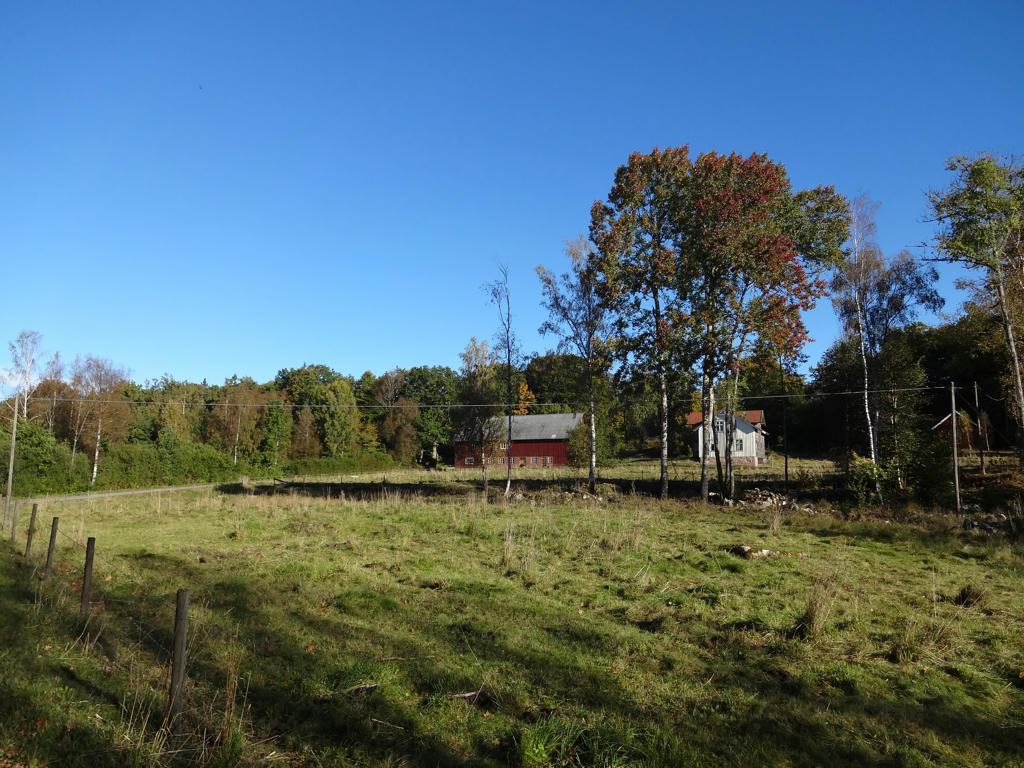
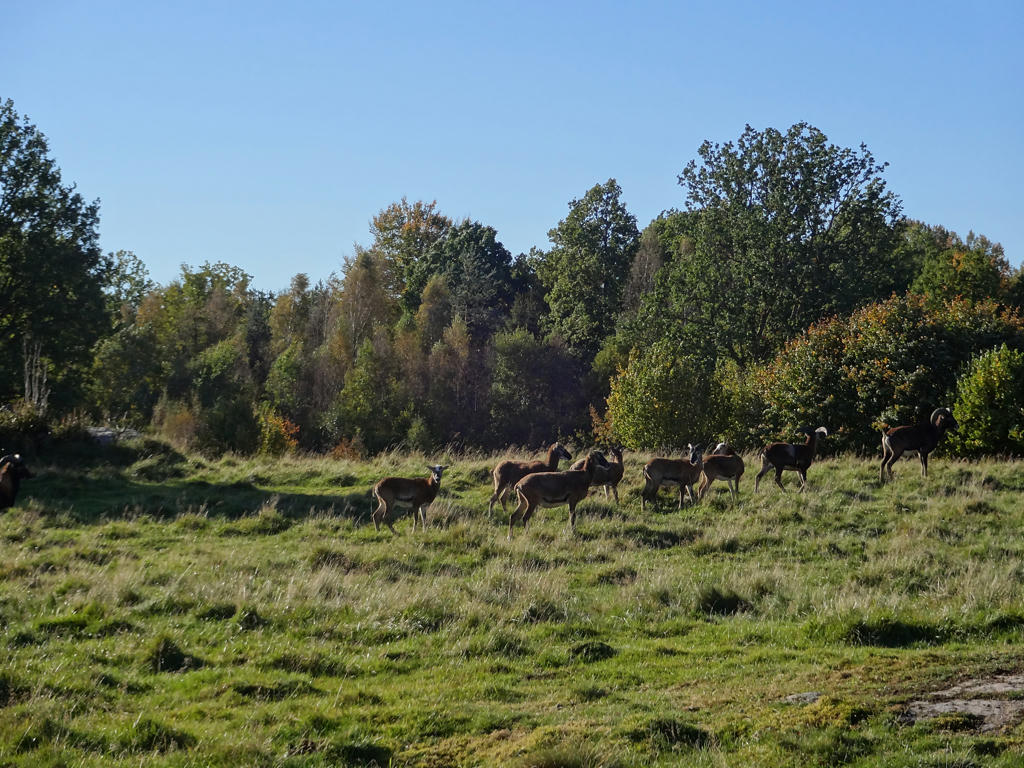
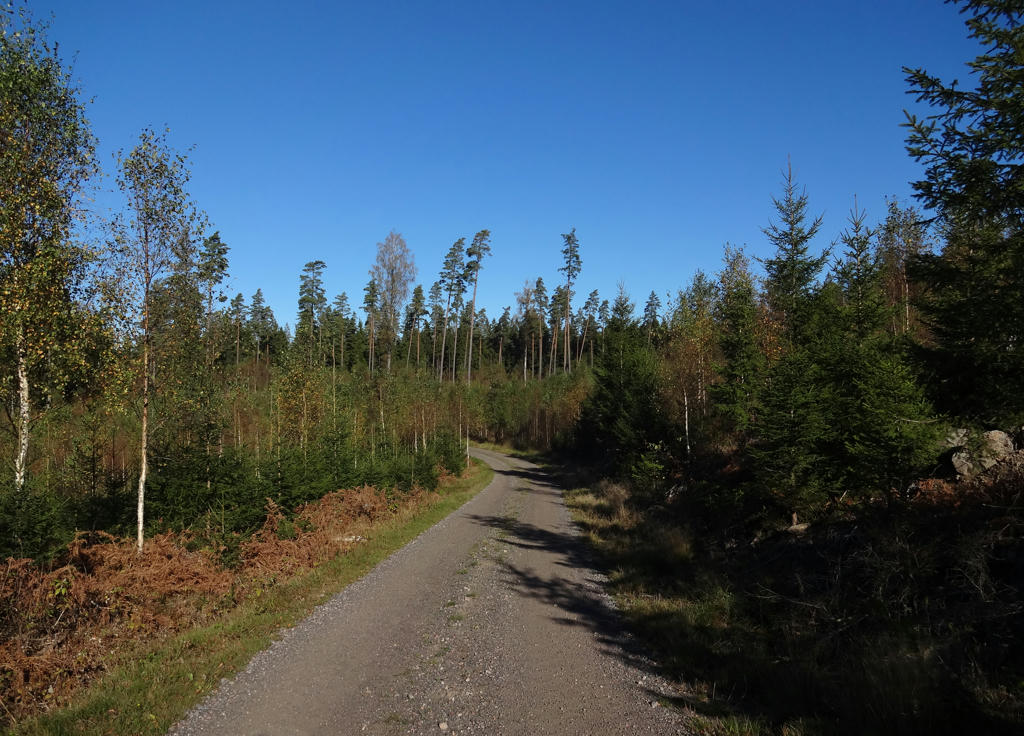
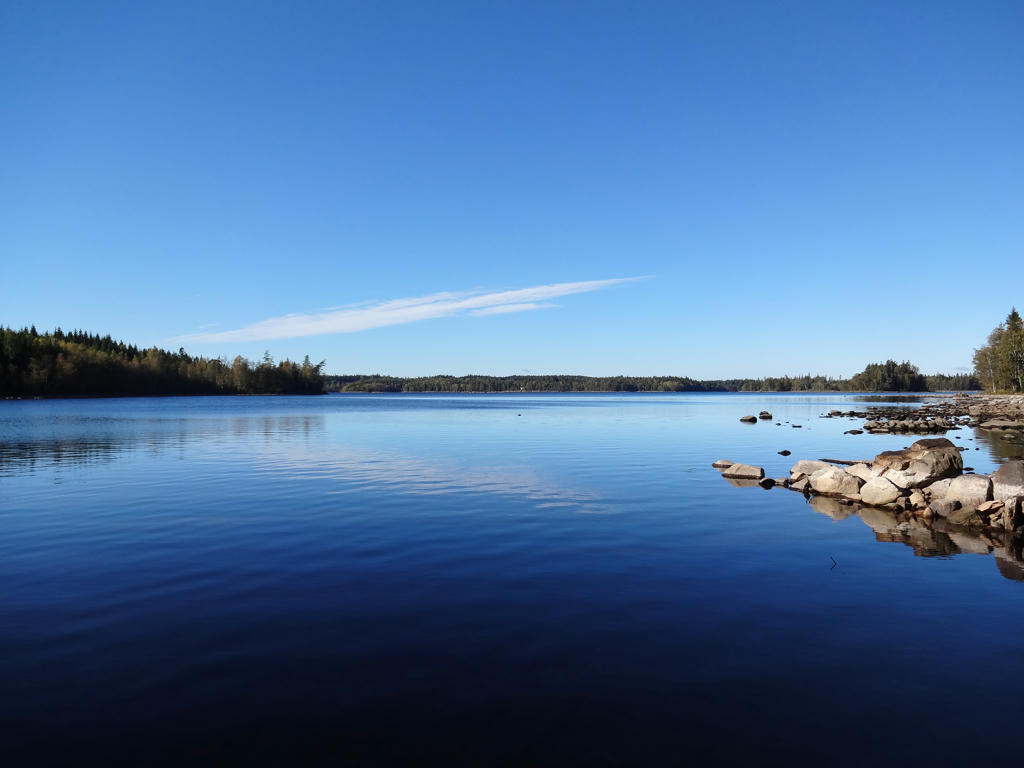
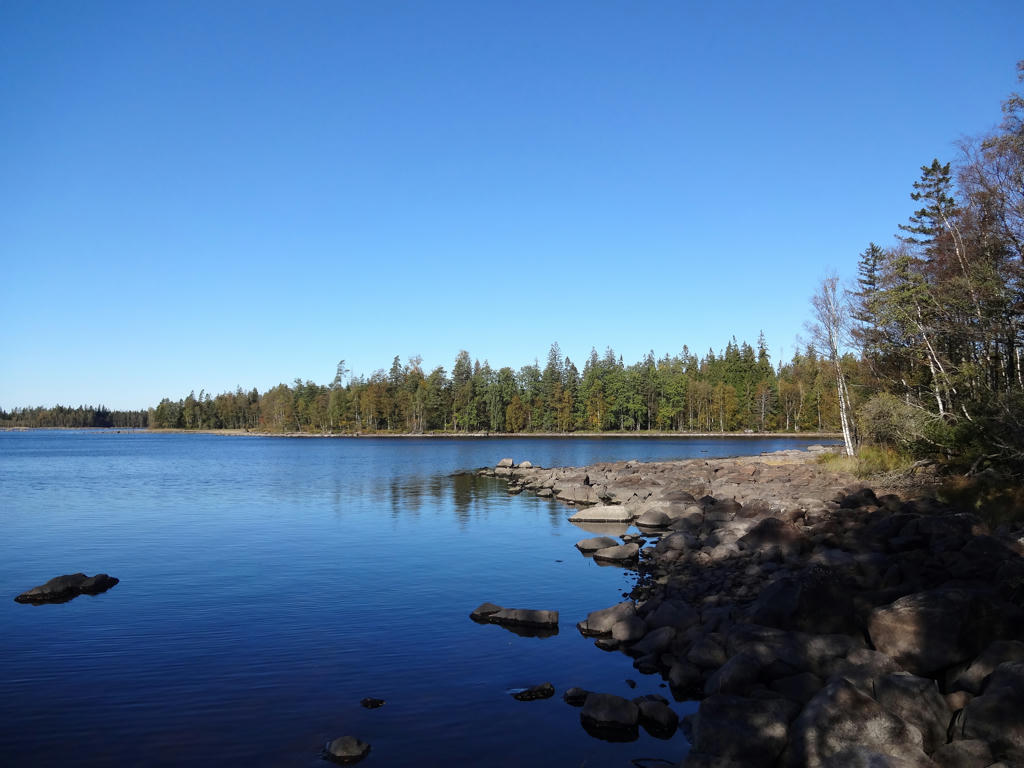
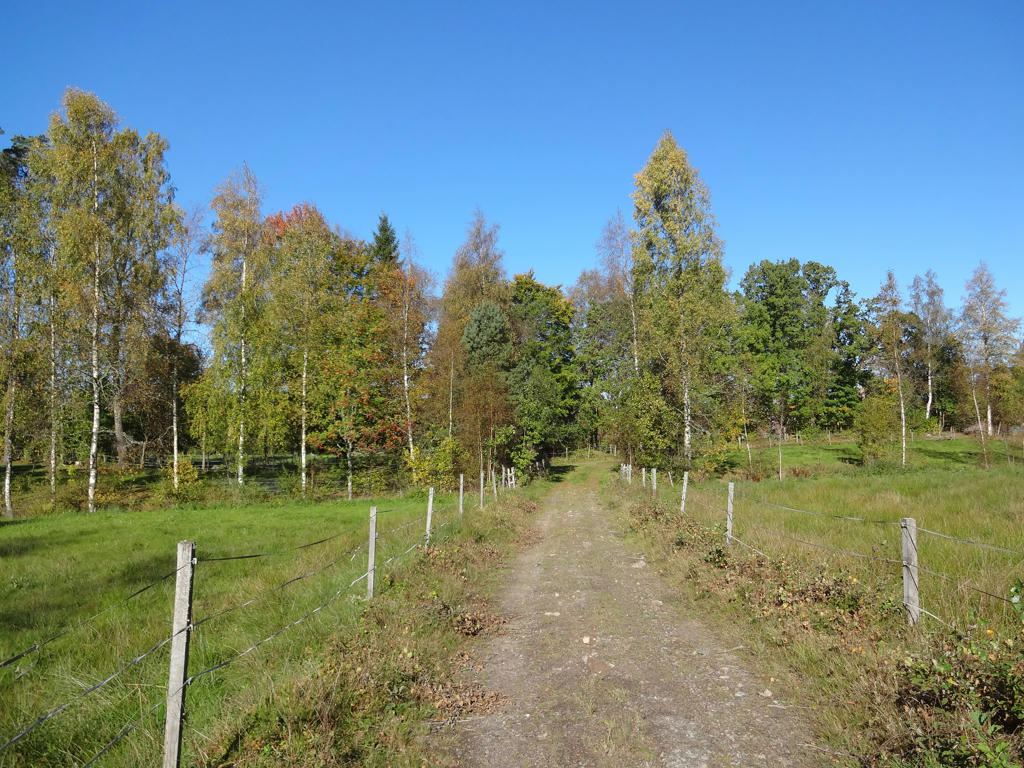
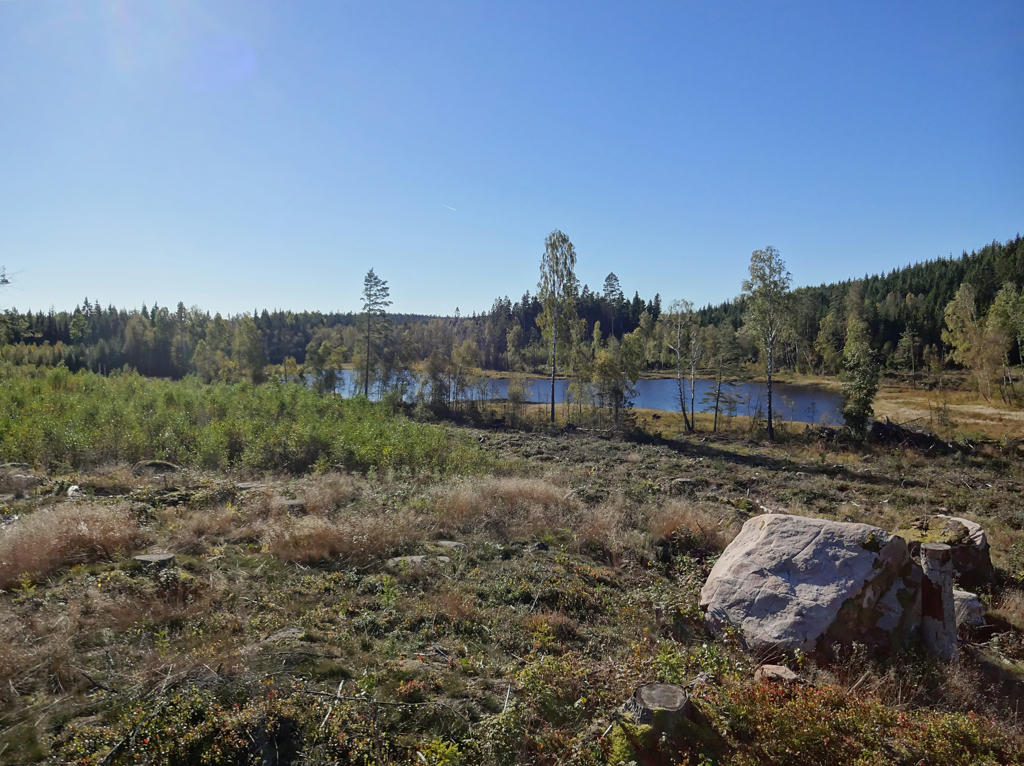
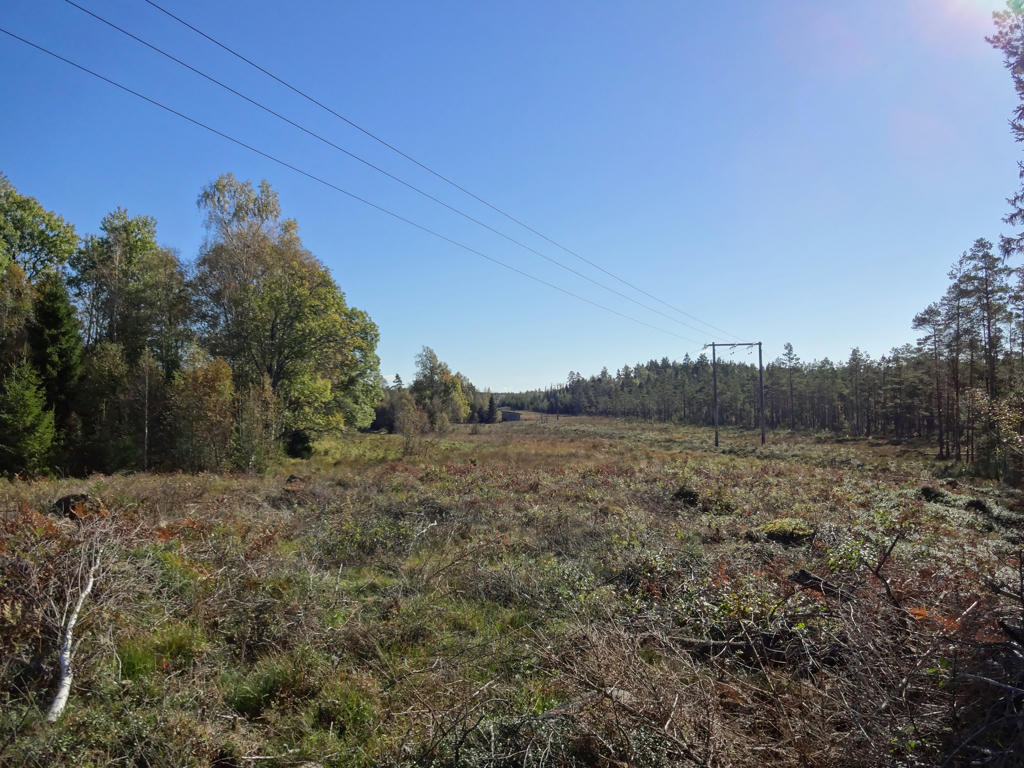
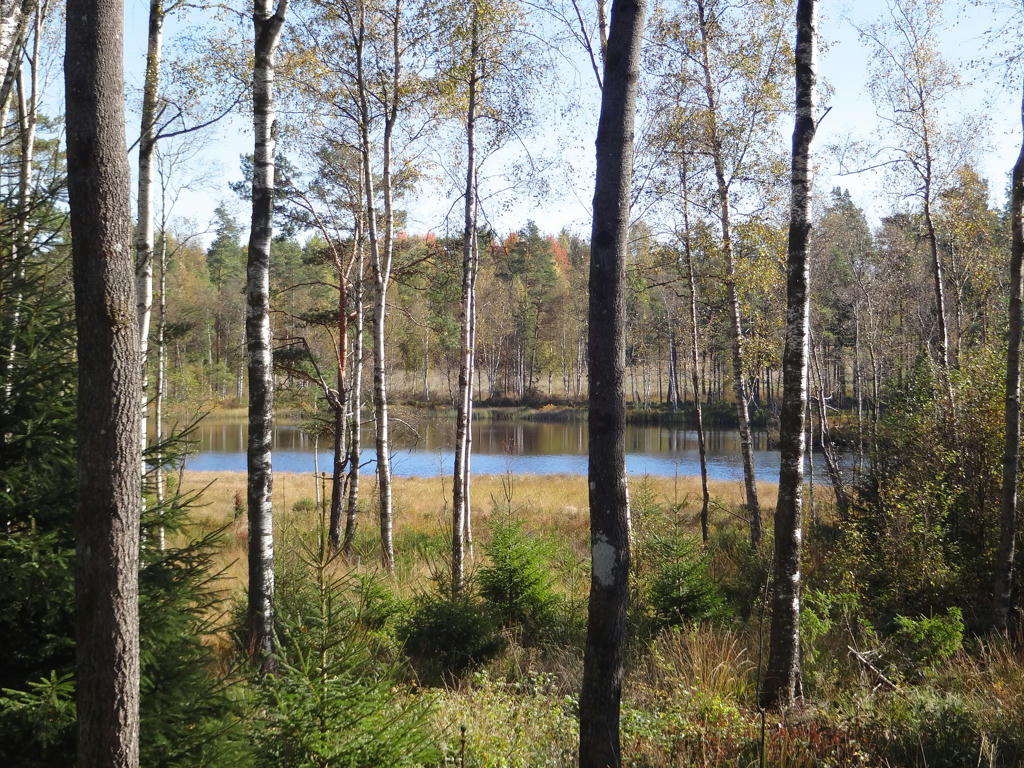
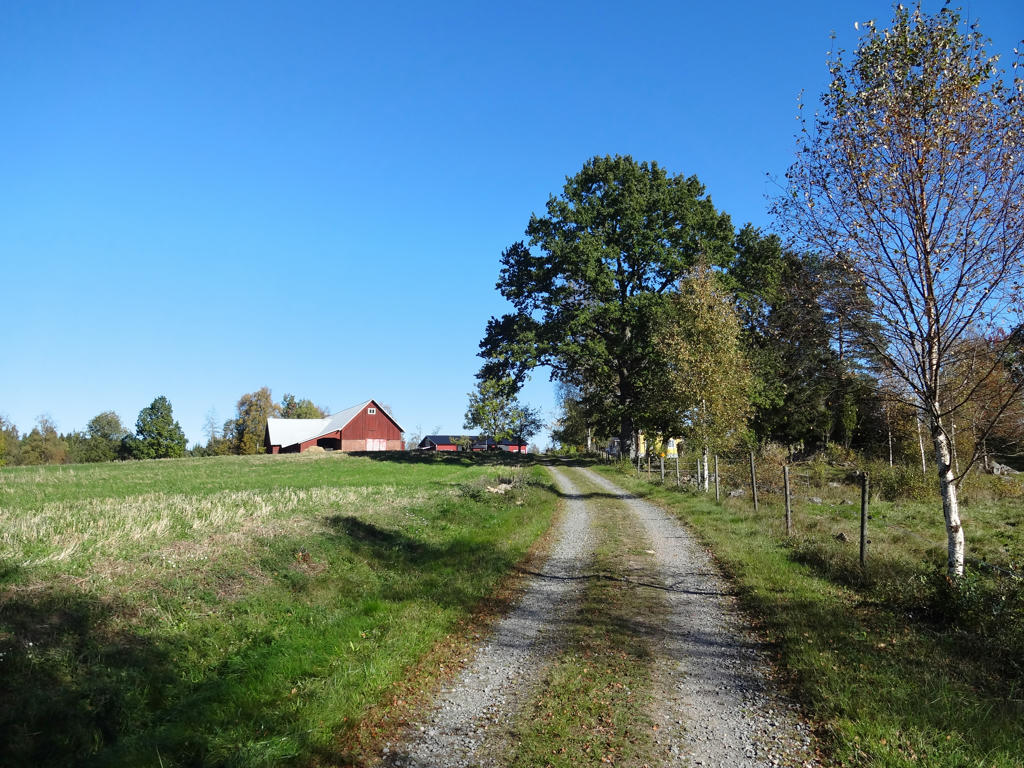
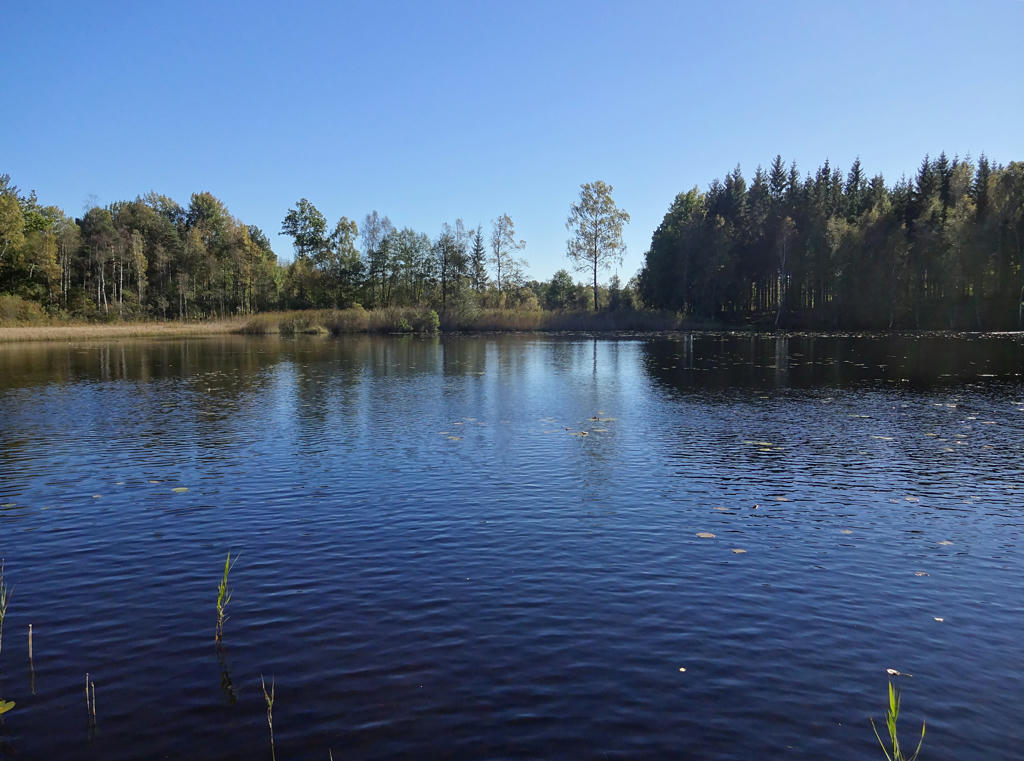
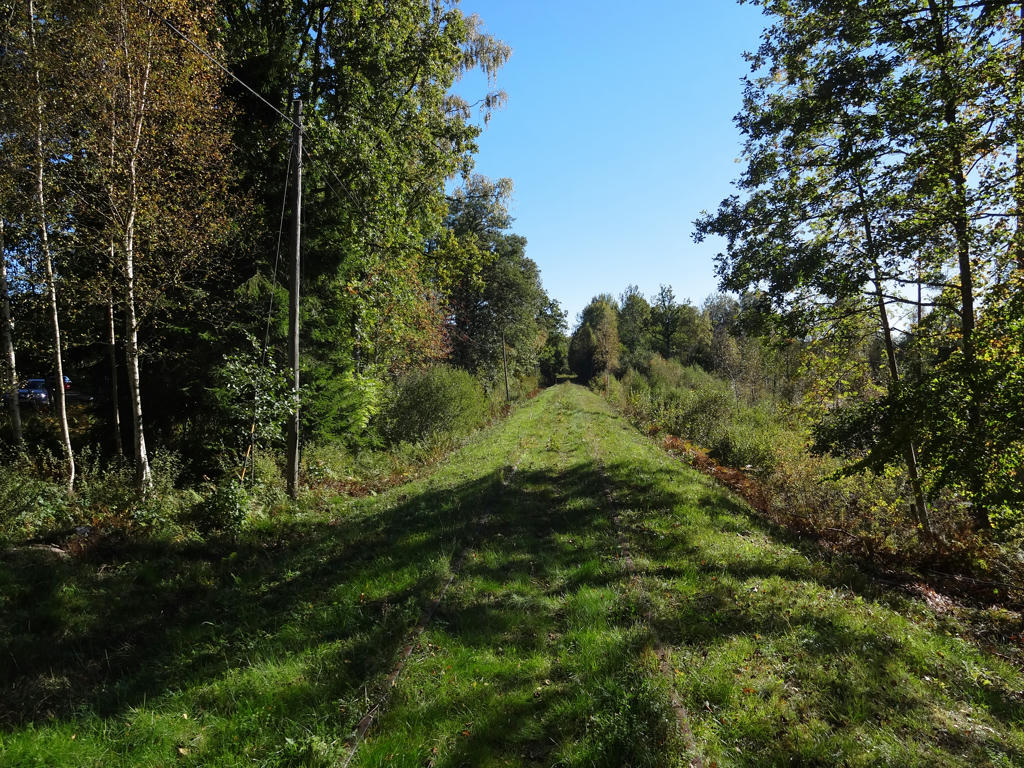
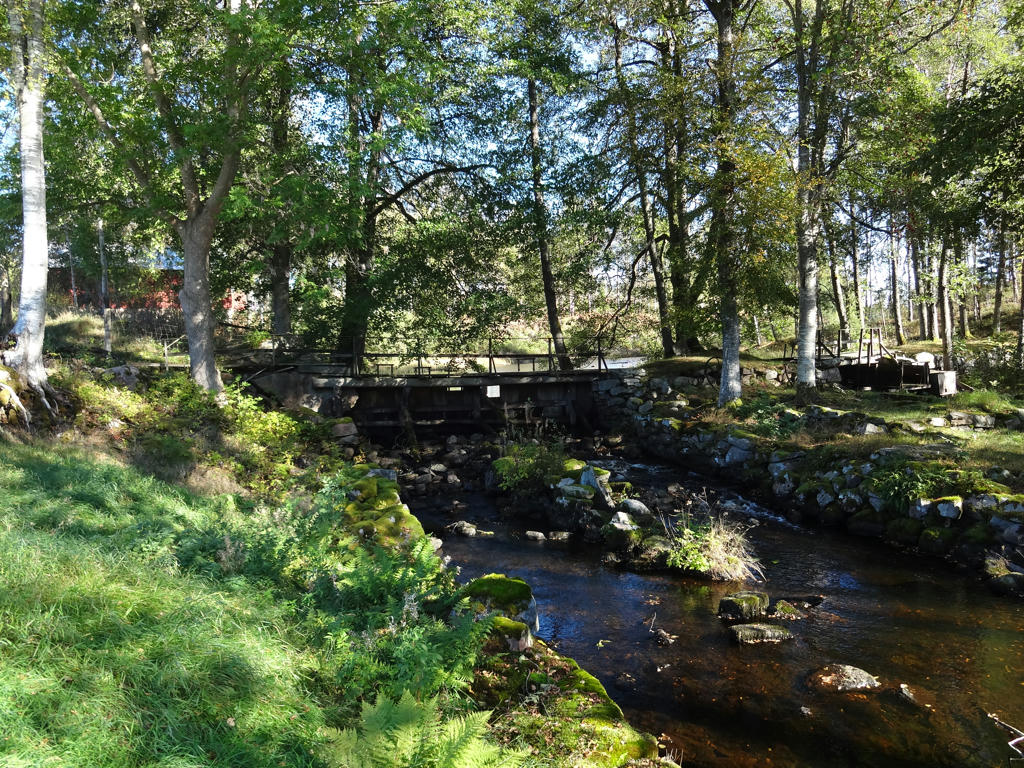
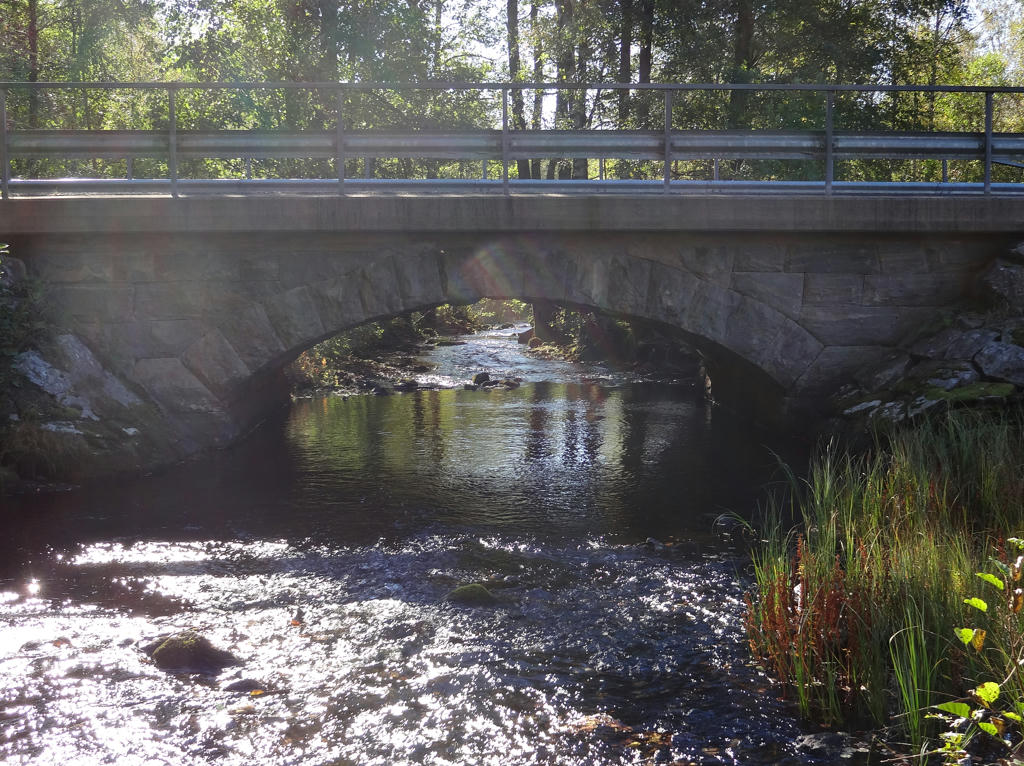
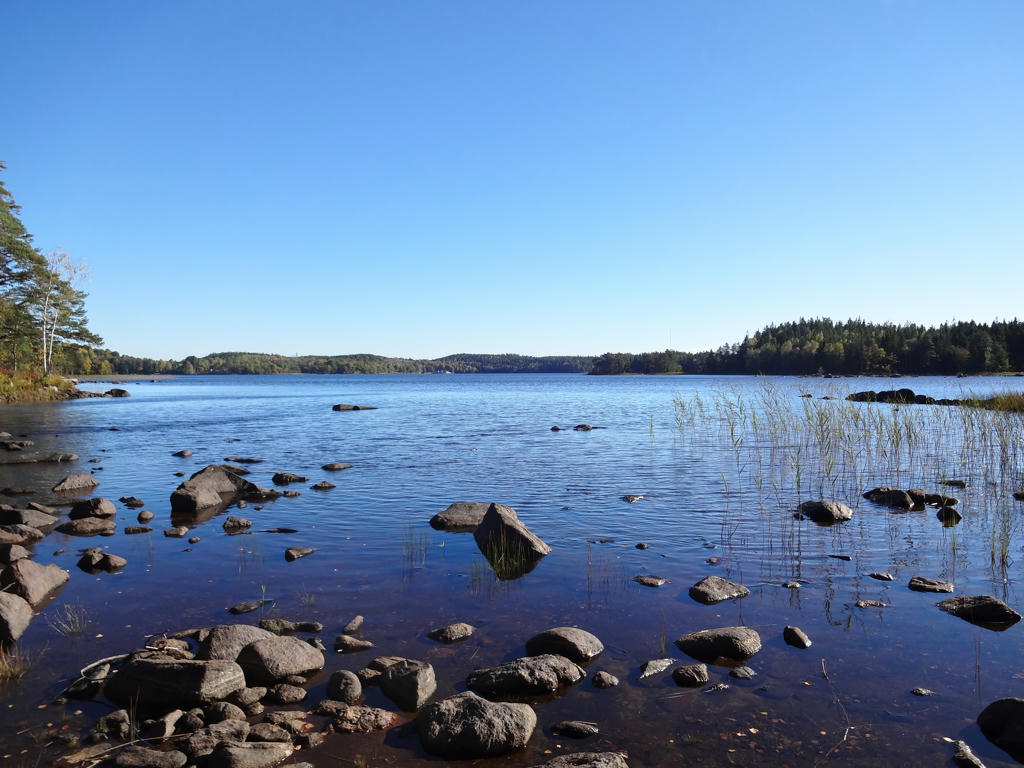
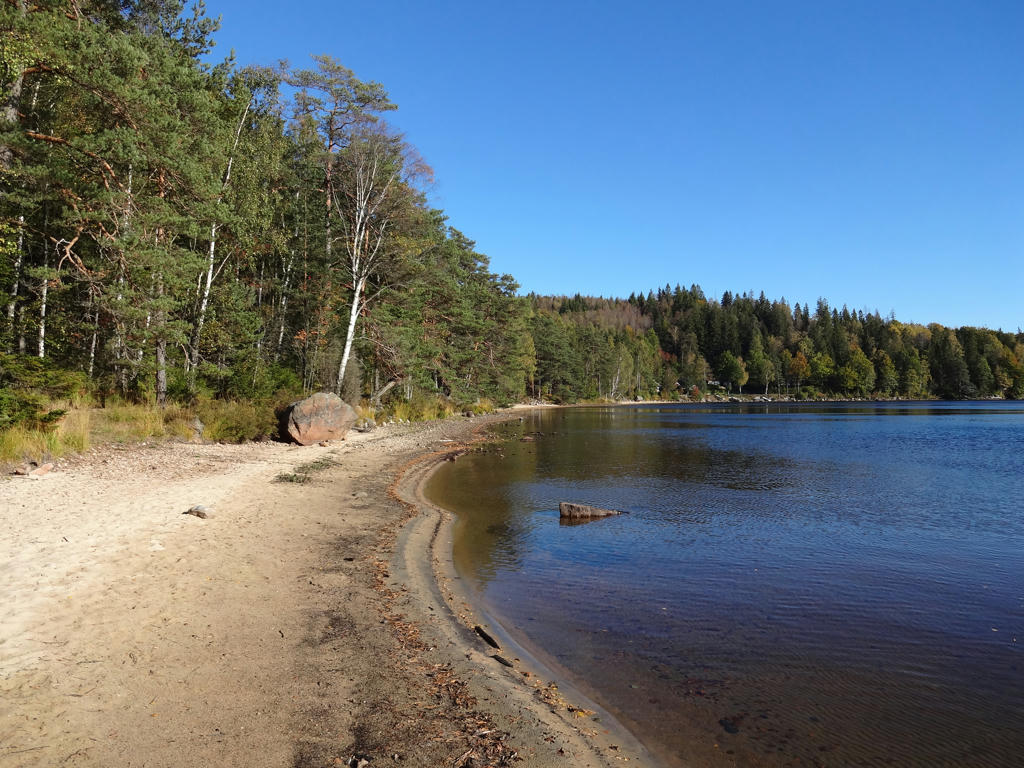
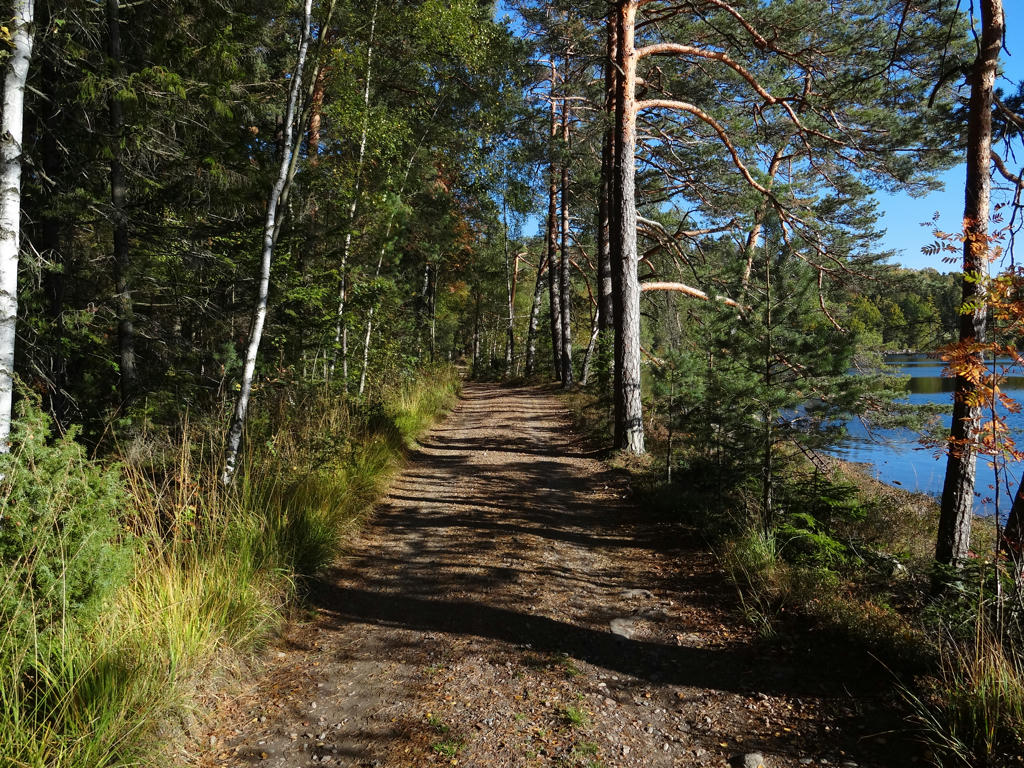
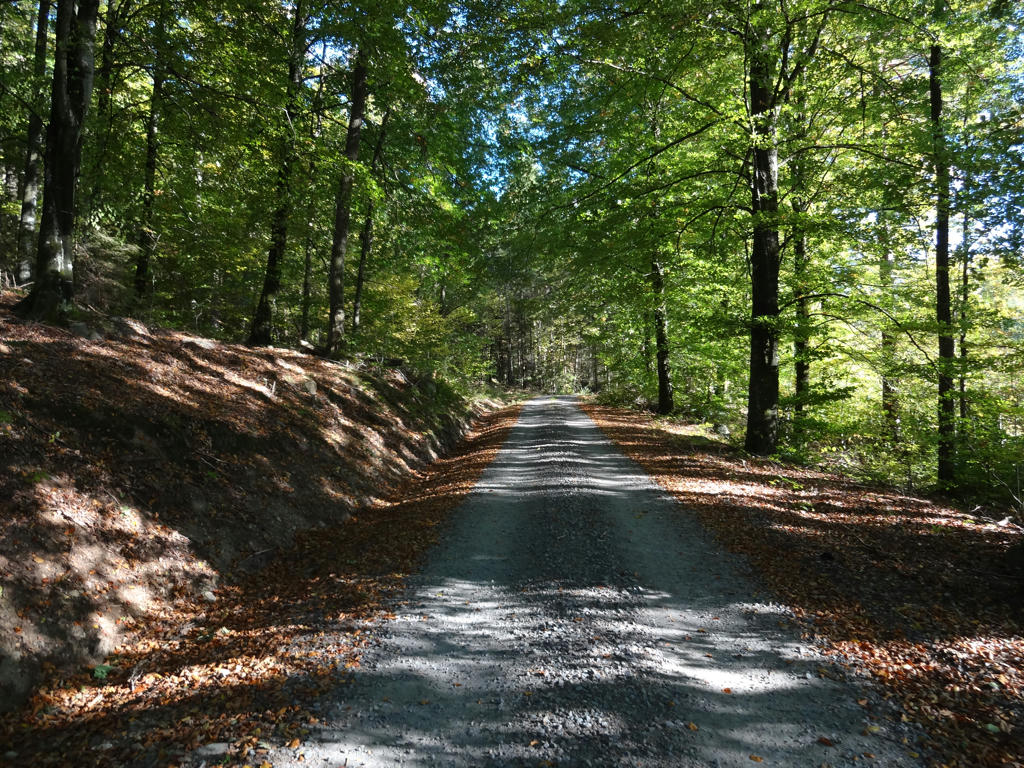
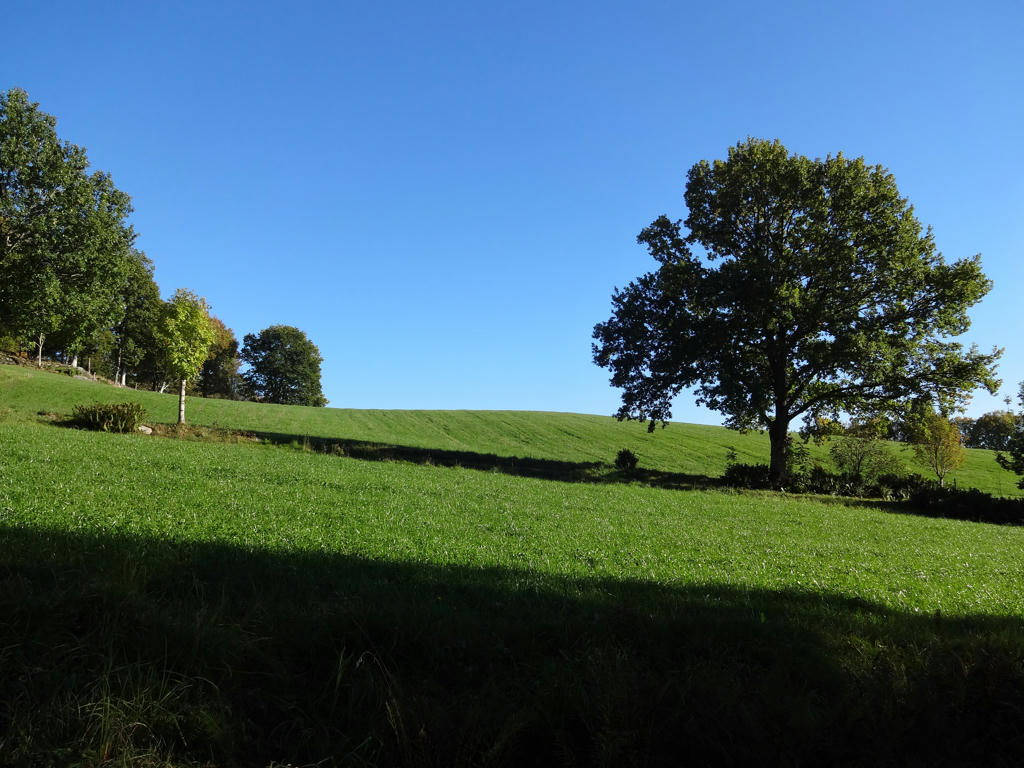
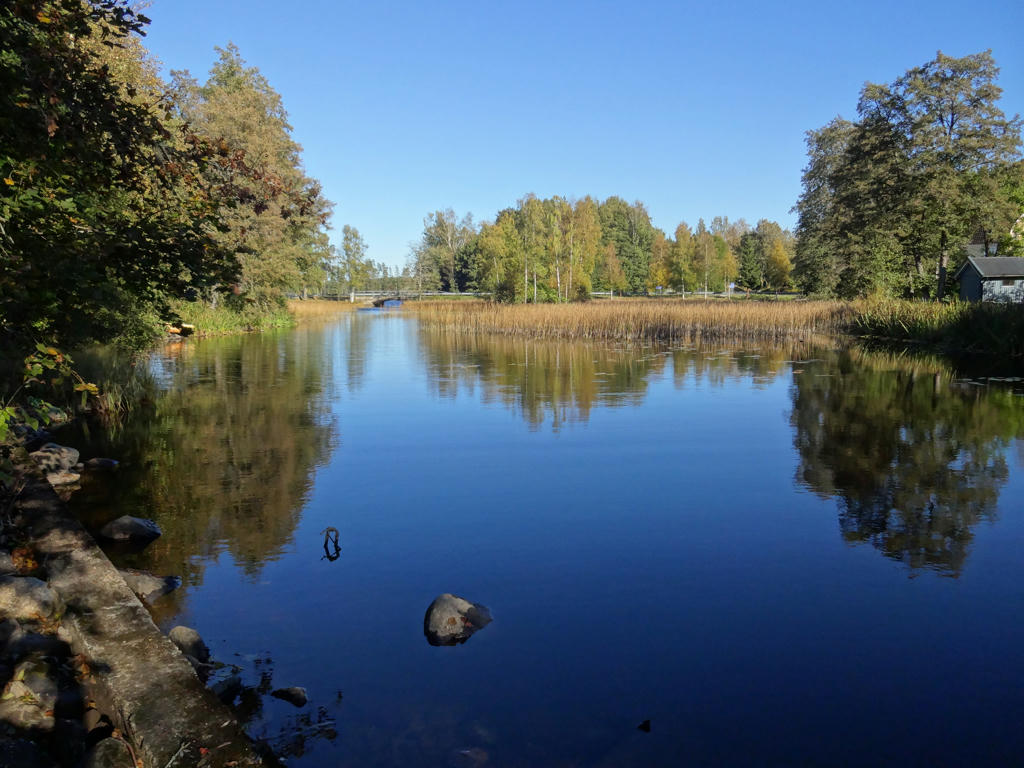
Inga kommentarer:
Skicka en kommentar